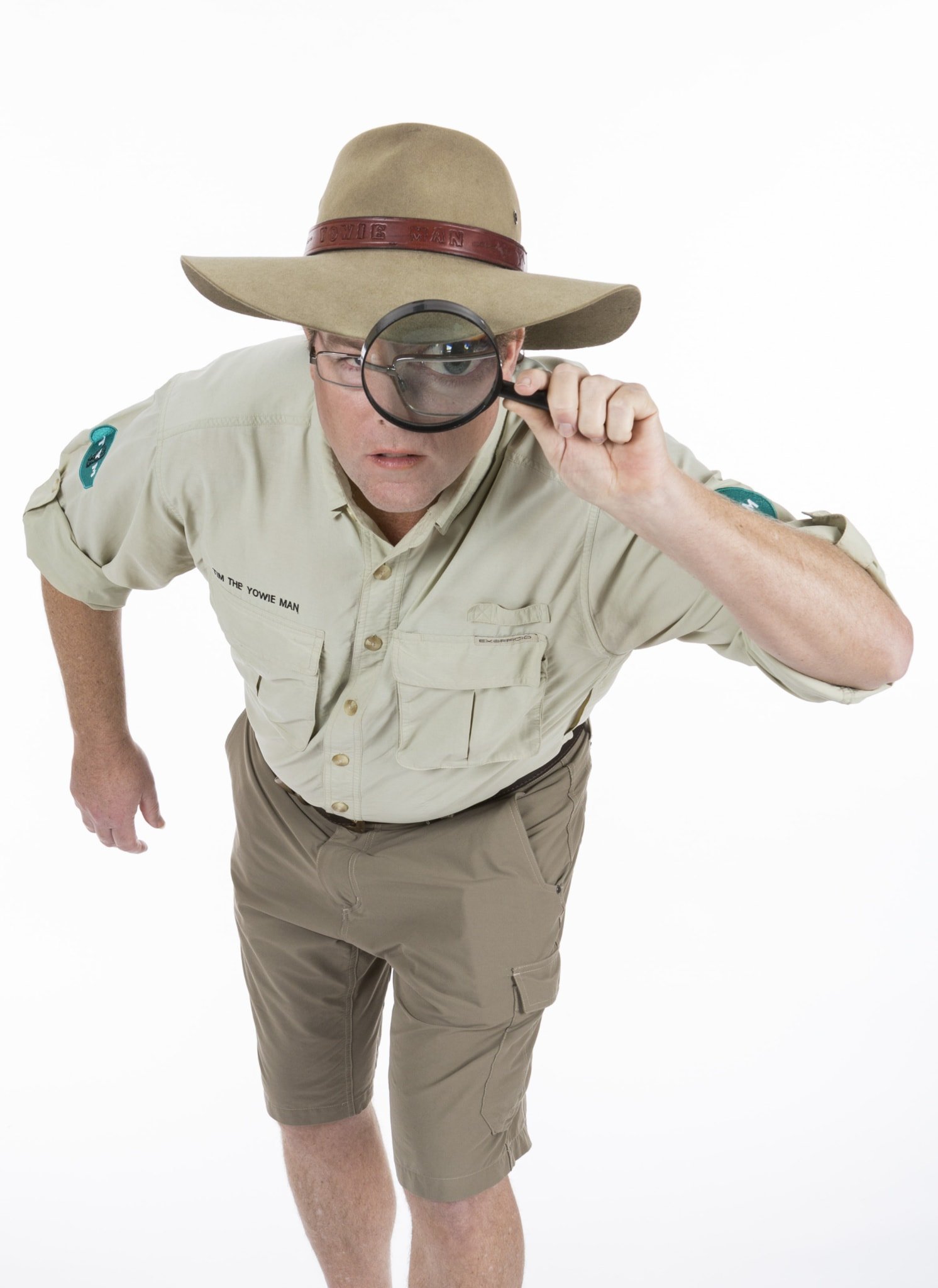Blade trees: the uniquely Australian bush enigma

Tim the Yowie Man
Tim the Yowie Man

The rusting shears are stuck so deep in the trees that it’s clear they’ve been there for a long time. But just how long? And why?
According to bush folklore, they were wedged into tree trunks either by disgruntled shearers as a protest during the shearing strikes of the 1890s, or as a pragmatic farewell by shearers as they marched off to fight in World War I; perhaps it was both. As with many outback legends, however, it’s hard to separate fact from fiction.
“The story we hear most often is that shearers stuck them in the trees as they headed off to join the war effort, hoping to return in one piece and to have the satisfaction of retrieving them to resume their lives,” says Kathy Finn of the Shear Outback museum in Hay, NSW. As enticing as this story sounds, there’s unfortunately no compelling evidence to support it – just hearsay, and lots of it.
I’m not the only one frustrated by this lack of tangible proof.
“Every time someone tells me they know a bloke who is related to a bloke who knows the answer, it ends up a dead end,” laments Colin Whelan, author and outback pub aficionado (after all, beer and shearing do go hand in hand).
Colin saw his first blade tree several years ago at a station west of Wagga Wagga, NSW. “Next day I was shown not one, but two at Burrabogie station near Hay,” he says. “I was hooked; they fascinate me.”
Since then, Colin has collected photos and visited eight different trees, all spiked with shears. “It’s mainly a Murrumbidgee and Murray River area phenomenon,” he says. “There’s no one-off blade tree, or an outlier in Western Australia, Tasmania, or even New Zealand for that matter.”
Colin is particularly perplexed by the height at which the shears appear in the majority of the trees. “They are almost always 3.5–4m off the ground,” he says.
“According to the myth, they are at that height because over time, as the tree has grown, the shears have moved up the trunk accordingly.
“But trees don’t grow like that; objects stuck in the trunk don’t magically move up the trunk as the tree grows.”
Australia’s leading forestry historian, Dr John Dargavel, an honorary associate professor at the Fenner School of Environment and Society at Australian National University, confirms Colin’s dismissal of this theory.
“Trees grow taller from their tips, and the height of the shears today is the height they were put in,” he says, adding, “I can see no earthly reason why anybody would stick shears so far up a tree.”
This uniquely Australian bush enigma has me stumped too. Perhaps the shearers had competitions to throw their old shears as high in the trees as possible?
If you’ve seen a blade tree, I’d love to hear from you.

